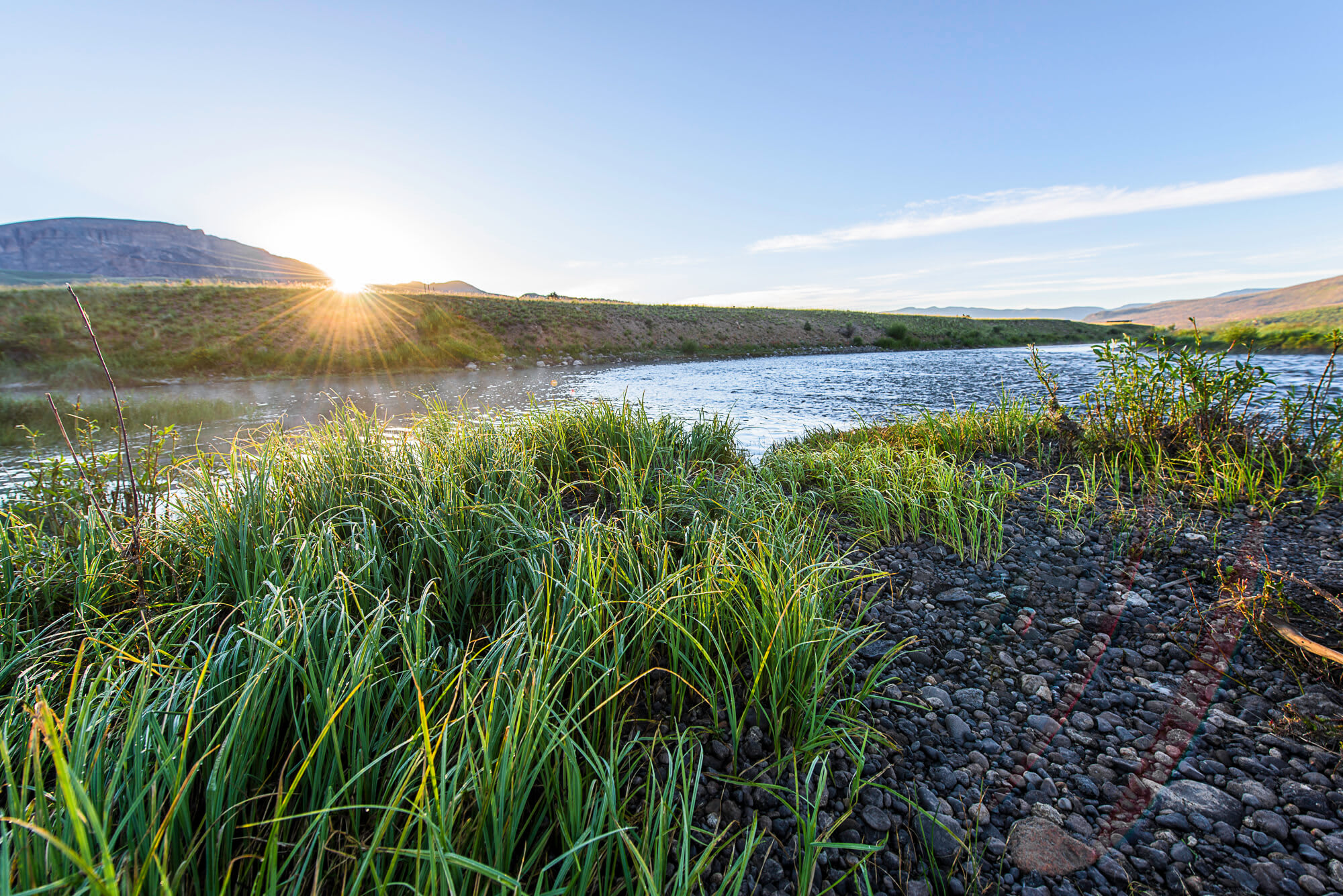In Colorado’s San Luis Valley, Western Rivers Conservancy is in the midst of a broad effort to protect outstanding fish and wildlife habitat along the upper Rio Grande and its tributaries. As part of this effort, we are connecting people and communities to the Rio Grande by preserving open space and improving recreational access to the valley’s rivers.
While recreational opportunities can be found along the upper Rio Grande, some stretches, particularly a reach of the river known as “the oxbows,” are difficult or impossible to access due to private property. In this area, WRC conserved a small but critical property on the eastern edge of the Weminuche Wilderness, upstream of Creede, near the old Freemon General Store. Where a small tributary called Texas Creek flows into the Rio Grande, WRC purchased an 89-acre property with important wet-meadow habitat, montane grassland and mixed conifer forest. In summer 2018, we conveyed the property to the Rio Grande National Forest, creating walk-in access to an area with excellent trout fishing, just off the Silver Thread Scenic Byway. The effort also created the only legal resting spot for boaters along an otherwise private, eight-mile stretch of the Rio Grande, ensuring people have a half-mile reach where they can get out of their boats and put their feet on the banks of the Rio Grande, without trespassing.
Our work at Texas Creek was funded in part by the Land and Water Conservation Fund. LWCF was established by Congress in 1964 as a bipartisan effort to safeguard the nation’s most important natural areas and to ensure recreational access for all Americans, including anglers, hikers, hunters, boaters, birders and others.
WRC’s Efforts in the San Luis Valley
WRC’s work near the old Freemon General Store is part of our broader conservation efforts within the San Luis Valley, where we created the San Luis Valley Conservation Fund in partnership with the LOR Foundation and our local partners Rio Grande Headwaters Land Trust and Colorado Open Lands. The Fund is a collaborative effort to bolster local conservation efforts in Colorado’s scenic San Luis Valley and to preserve the region’s rich cultural heritage, all while enhancing livability for Valley communities. The fund includes a $2-million re-granting program called the San Luis Valley Conservation and Connection Initiative, which supports local conservation organizations and ensures healthy futures for the culture and communities that the Rio Grande has sustained for generations.
Downstream from our project near the Freemon General Store, Western Rivers Conservancy created the 17,019-acre San Luis Hills State Wildlife Area. It lies directly across the Rio Grande from the Olguin Ranch and Conejos River confluence, which we conserved in 2021. As part of our efforts to conserve the Olguin Ranch, WRC donated a conservation easement to the U.S. Fish and Wildlife Service, dropping the final piece into place in the effort to create the country’s newest unit of the National Wildlife Refuge system: the San Luis Valley Conservation Area. We also conserved two outstanding properties on the Rio de los Pinos and another near the city of Alamosa.
Funding for the Rio Grande - Freemon Project was made possible through generous contributions from multiple sources, including the David and Lucile Packard Foundation, the LOR Foundation, the San Luis Valley Conservation Fund, the Jacob and Terese Hershey Foundation, The Conservation Alliance and with the generous support of many additional individuals, foundations and businesses.






